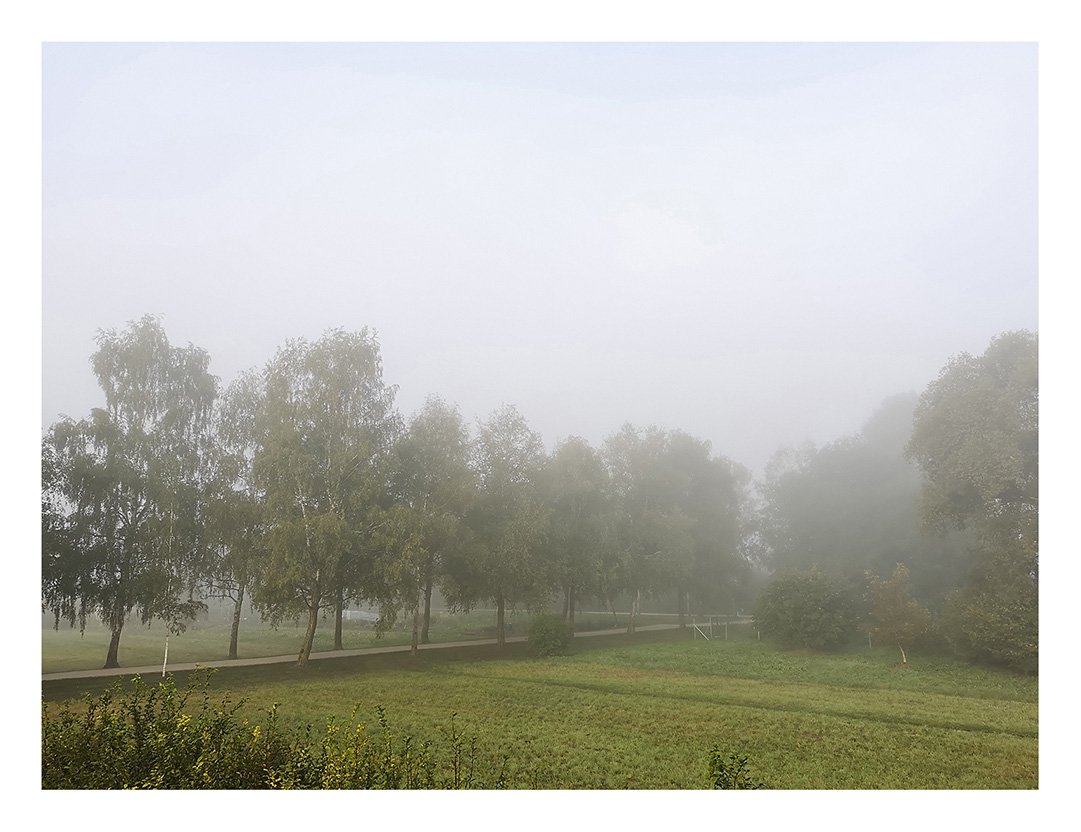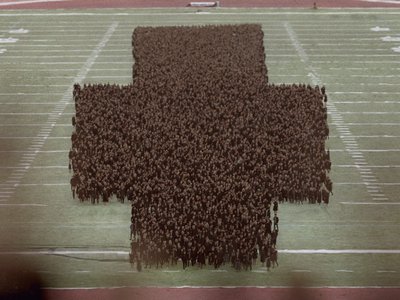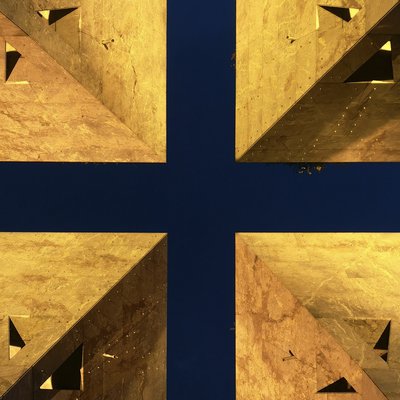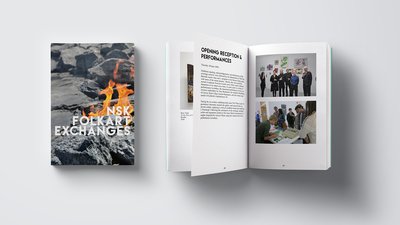NSK State citizen Matjaž Stopar, is showcasing his two-year-long projects at the “Nature and Society” exhibition at the Trbovlje Workers' Home Gallery.
The exhibition features a selection of crosses he crafted daily from August 21, 2022, to August 20, 2023, sharing them on Facebook and Instagram. You’ll also find 354 charming photographs of the same motif taken between January 7, 2022, and January 6, 2023, along with a captivating video of these photos.
Additionally, the exhibition includes other fascinating works, such as the cross he put together in 2014, featuring portraits by the IRWIN art group, *Portrait of Marilyn Monroe.* Plus, there’s a collaborative piece by the NSK citizens' art collective KonstruktK3, titled “Construction”, part of the Irwin collection.
The artist is interested in extending the creation process over a longer period than the final result. As an active citizen of the NSK state, he follows the artistic practices of the founders of the NSK state, Laibach Kunst, and the Irwin group over time.
At the opening, the artist will perform an interactive performance titled “Black Cross in Red Districts”, a recording of which will become an integral part of the exhibition.
The exhibition will be on view until the 27th of November, 2024.

Matjaž Stopar – Nature and Society
When Kazimir Malevich put his Black Cross on display in 1915, the simplicity of this artwork cut sharply like a knife through the constraints of artistic expressiveness that had been known until then. A powerful and eloquent symbol, burdened (or enriched) with multiple meanings, counted on evoking the responses that arise when confronted with pure conceptual art - without relying on easily identifiable and interpretatively clear images - through the absolute negation of objective representation. The ambiguous image, which in essence communicates no connection to any established interpretation of the symbol, can also be seen as a crossroad, a tribute to life's dichotomies and juxtapositions. With its revolutionary character and tabula rasa concept, the simple form has become one of the main hallmarks of the Slovenian political-artistic organization and virtual, global state, Neue Slowenische Kunst. Over the years, crosses have appeared regularly in the art of the NSK founders, for example, Laibach and the art collective IRWIN, and have become one of the hallmarks of their retro-avant-garde, which critically reconstructed Western modernism by intervening in familiar historical images. In doing so, artists have transformed their symbols into fluid, ambiguous, and ideologically purified travelers whose artistic presence transcends the constraints of society, politics, and even time, while insightfully and critically disrupting the hinges of the society that provides the backdrop to their movements and exposing the absurdities of human existence.
Matjaž Stopar, a citizen of the NSK, creates art interventions that influence the macrocosm through changes in the microcosm and juxtaposes objective reality with an artificially created statement, which remains completely ambivalent, free, and autonomous. Through his exhibition Nature and Society at the Trbovlje Workers' Home Gallery, he presents two year-long projects, namely a selection from a series of crosses created by the artist every day between the 21st of August 2022 and the 20th of August 2023, and 354 photographs of the same motif, taken between the 7th of January 2022 and the 6th of January 2023. The exhibition is complemented by other works, such as a cross he made in 2014 from portraits of painters from the IRWIN art group, a portrait of Marilyn Monroe, videos, land art interventions, and collaborative work by the NSK citizens' art collective KonstruktK3 (Mojca Senegačnik, Berthold Schymura and Matjaž Stopar) Construction, which is part of the Irwin collection. Trbovlje’s Worker’s Home, an iconic building in itself, carries a great significance in light of the Nature and Society exhibition, as it is the cultural centre where Laibach supposed to have its very first concert and exhibition in 1980, but the local authority put the ban on the event. Appropriately, a few of Laibach’s works are exhibited on the upper floor, where Stopar carried out a performance Black Cross in Red Districtssubsequently physically creating a true collectivist connection with both Laibach’s series Red districts and IRWIN’s painting Red Districts. The performance required attendees of the exhibition to unveil a black cross and also become it by standing at the edges of its shape. With this consideration of the Laibach’s point of initiation, as well as a distinct emphasis on motives and materials relevant for Trbovlje’s mining history, the artist shows his in-depth devotion to the history of his art practice and the position of it in relation to a specific time and place. Stopar's approach is distinctly temporal and marked by duality, which is holistically represented in the focus of the symbol of the cross. In the tradition of suprematism and constructivism, a fusion is created between what exists in itself (nature) and what is called into existence (systems, culture, art). The artistic element of the cross is not just a motif but an intervention that transforms the fragments of everyday life as a reminder of the human trace. The physical and the metaphysical are brought together in a simple geometric form, forcing the observer to acknowledge their involvement in the course of history, present, and future. The artist also does the latter with the approach of a chronicler, who parallels the passing of space and time where his presence is not evident, and the space and time in which he has directly intervened. Both is attuned to the same note of the fact that we actively exist as a culmination of all that surrounds us and constitutes our creative impulses. Stopar uses cross as an effective visual element that can re shape everything into a new format. His artistic practice is one of complete devotion as he re-arranges construction materials, sand, leaves, snow…during his everyday life. Even though a lot of his work is visually striking – based on strong, simple shapes, colour blocking or monochromatic play of light and shadow in his paintings, he also shows an unmistakable tenderness with his photographic practice, which focuses on subtle natural changes. Namely, birches moving in the wind to the soundtrack of Volare show a well-rounded approach to the surrounding world – one that is marked by deep insight acquired by the act of empathic observation and research brought to action.
In the light of collectivism, ownership is rejected and, among others, the works of Henri Matisse, Rene Magritte, Kazimir Malevich, and IRWIN are reconstructed. Nothing is left without a distinct mark of conceptual intervention, including Paul Klee’s facsimile where the use of the word kreuz invited Stopar to intervene, and a cupboard that was quickly transformed into an almost exact replica of Kazimir Malevich’s grave. Where nothing is sacred and inviolable, everything becomes sacred and important - assimilated as freely available intellectual material belonging to humanity for mental evolution and a deeper understanding of our common existence. The crosses, markers of presence, become a signature not for the identification of the individual, but of humans in general. In the case of the exhibition Nature and Society, they take on the site-specific motifs of miners, transform coal, invite visitors to interact directly with them, and become an all-encompassing atmosphere that does not seek to prove or create collectivism, but only to illuminate it as an ever-present way of being, part of the earth's genetic record. Crosses find their way into land art objects made of paving stones and coal, forcing the attendees to interact with them, consider them a crucial part of their immediate reality. The same goes for his cross shaped chessboard which demands the players to rethink previously learned patterns in order to successfully play the game. Matjaž Stopar's art rejects the fear of themes that, because of their complexity, often remain in the blind spot of awareness - transience, the impact of regimes on collective consciousness, and the butterfly effect that arises with every human creation. His artistic interventions in the surrounding world and art are respectful of all the external influences that led to their creation, approaching them with reflection and curiosity rather than taking a single-minded position. The quantity of the works, their diversity, and the range of genres, even with their formal characteristics, realize the aim of an all-encompassing concept that remains faithful to its conceptual core, but freely transforms itself according to the context that needs it to be present.
Sara Nuša Golob Grabner

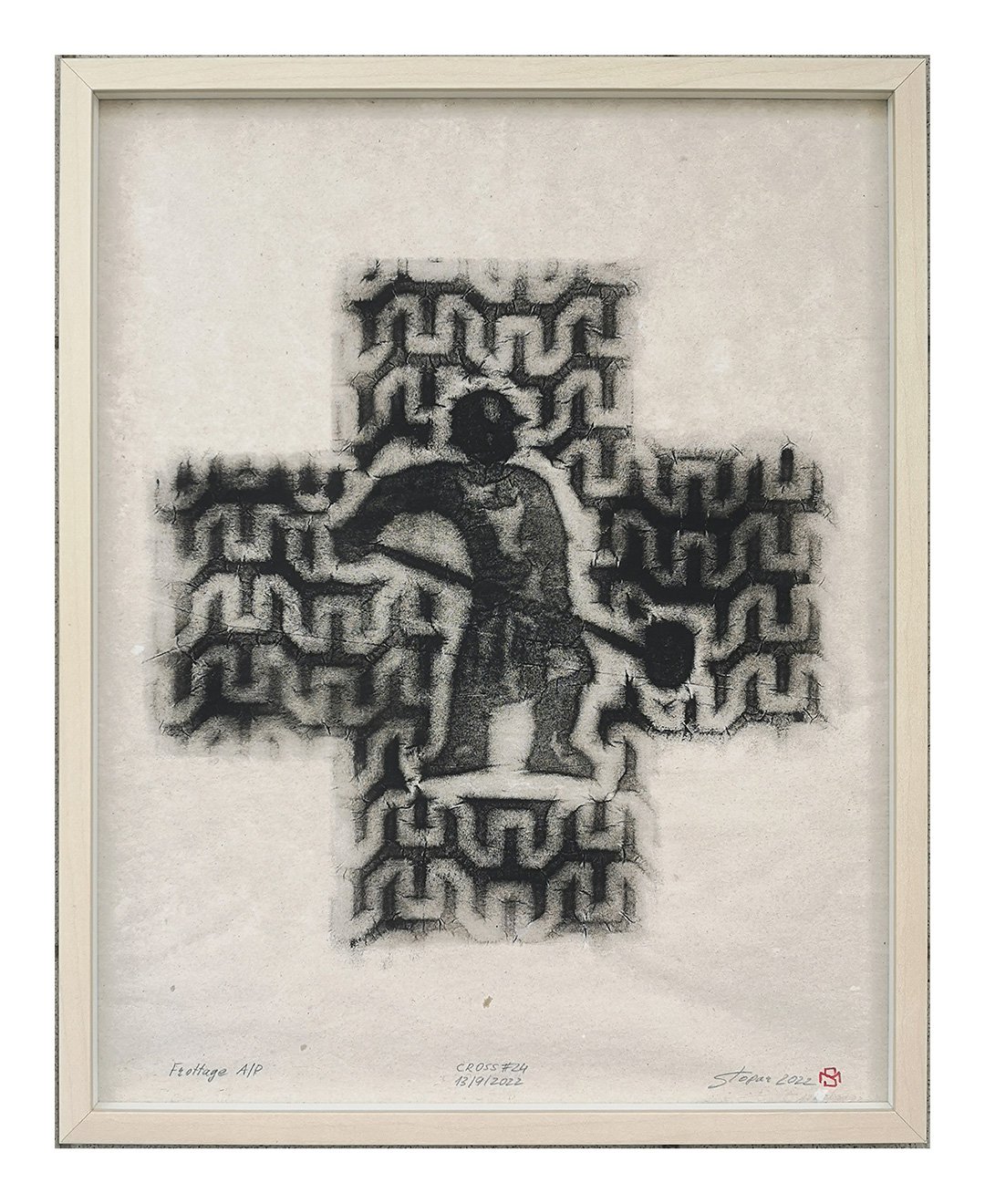
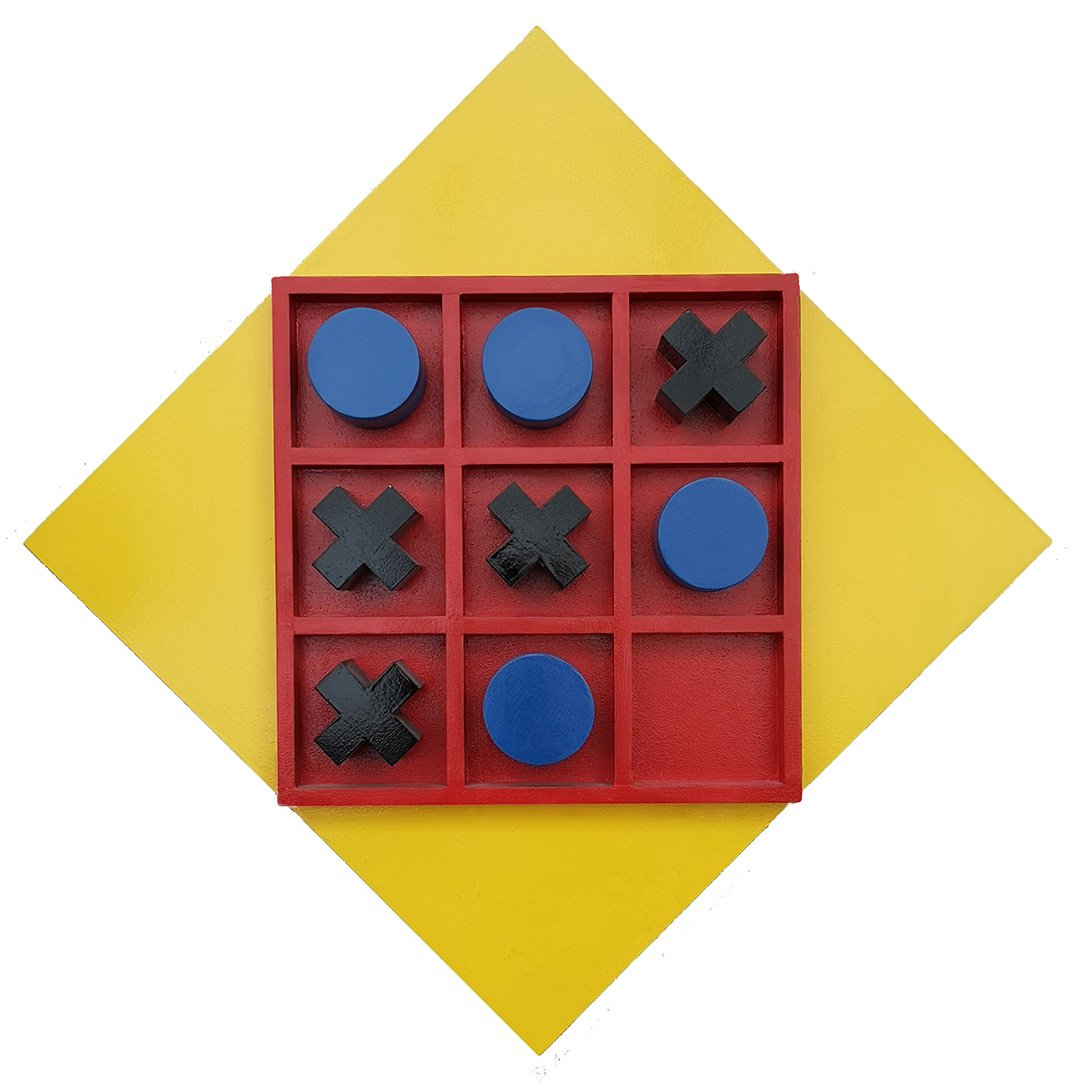

 Matjaž Stopar
Matjaž Stopar
Matjaž Stopar (1950) is a visual artist working in painting, printmaking, collage, digital art, photography, video and performance. He is the founder, member, and mentor of the Art Society 2002, where he leads art workshops and educational events. In the last decade the motif of the cross, which he borrowed from Kazimir Malevich and the founders of the NSK state, has become more frequent in his oeuvre. Gathering inspiration from past avant-gardes has brought him closer to the art of the IRWIN group and the NSK, of which he has been a citizen since 2018. In the same year, he founded the performance collective Kunstkolektiv. He is also an active member of the Creative Class movement. In 2022, together with Mojca Senegačnik and Bertold Schymura, he founded the international art collective KonstruktK3. Their collaborative work Construction from the 24 Weeks of CROSSing series became part of the IRWIN collection. He has participated in more than 100 group exhibitions - many of them curated by him - including the 3rd NSK Citizens Biennial, Retropolis Trbovlje (2018), as part of the KonstruktK3 collective at the Cirkulacija 2 Gallery, Ljubljana (2022), in collaboration with the NSK Nuernbach-Laiberg group at the NBK exhibition in Fuerth, Germany (2023). He had solo exhibitions at the Grad Gallery, Slovenska Bistrica (2015), Kosovel House Sežana (2016), Jožef Štefan Institute Gallery (2023), and elsewhere. He lives and works in Ljubljana.
